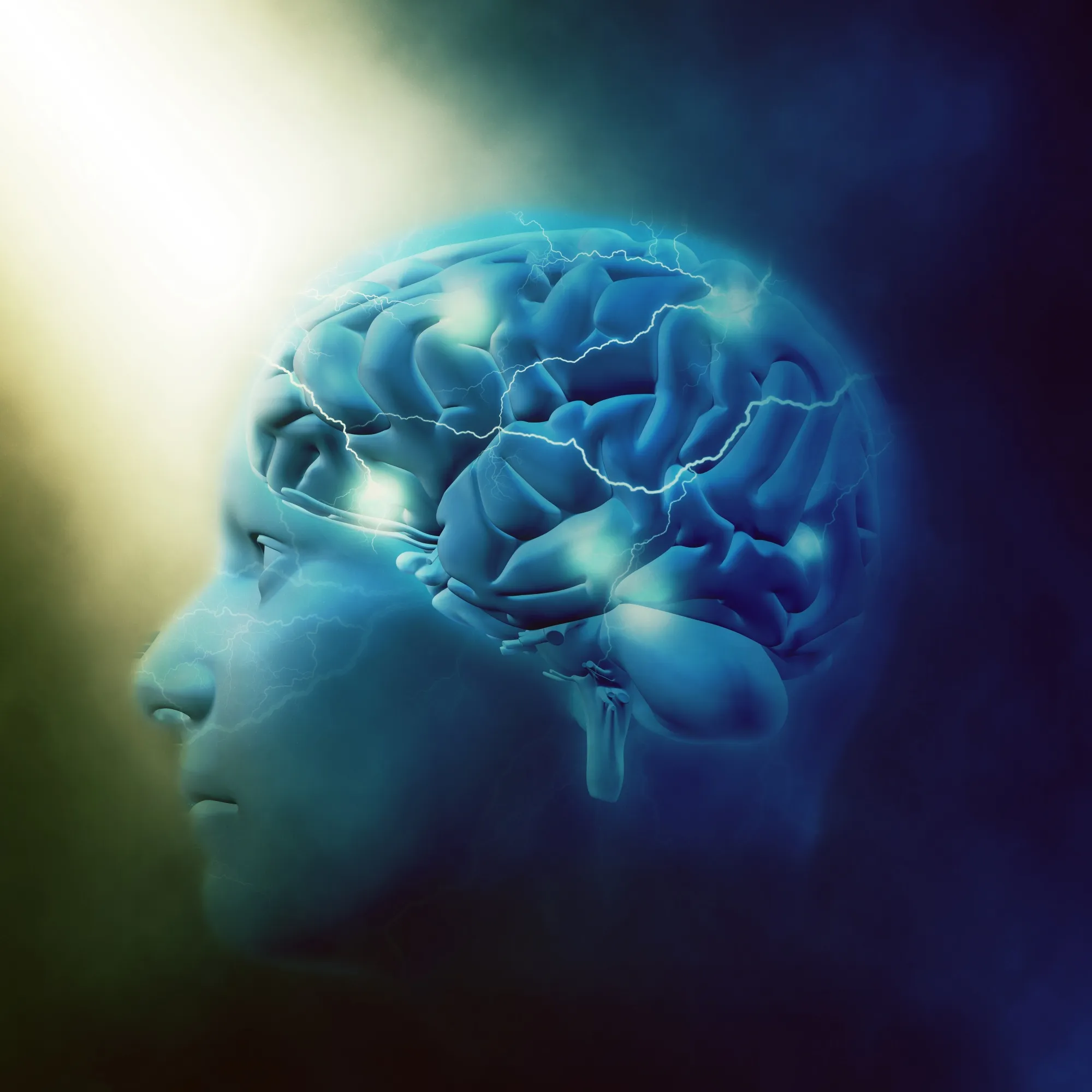In the dynamic field of neurological research, a vast array of novel therapies is on the horizon to combat central nervous system (CNS) diseases, offering hope to millions of patients worldwide. This article provides an insightful update on the latest developments, grounded in a special edition of Brain Injury featuring expert analysis and articles that delve into various neurovascular and neurodegenerative conditions. With an eye on the promising therapeutic targets and advancements in brain injury models, we unfold the complexities of central nervous system research and its implications for patient care.
Promising Developments in CNS Therapies
CNS conditions encompass a wide range of neurovascular and neurodegenerative diseases that affect the brain and spinal cord. The current momentum in research, as indicated by Cesar Reis, Sheng Chen, and Jiping Tang in their recent publication in “Brain Injury,” sheds light on some of the most auspicious therapeutic avenues. The concerted efforts of researchers are pivotal in deciphering the pathophysiology of CNS conditions and forging paths toward effective therapies.
Innovative Brain Injury Models
One of the areas highlighted is the advancement of brain injury models that more accurately replicate human physiology. The intricate nature of the human brain has long posed challenges for researchers attempting to simulate conditions such as ischemic stroke, subarachnoid hemorrhage, and traumatic brain injury. Successfully recreating these conditions in experimental settings allows for a better understanding of disease mechanisms and the evaluation of potential treatments. By refining these models, scientists are poised to continue making significant leaps in identifying and testing promising therapeutic interventions.
Combatting Neurovascular Diseases
In neurovascular diseases, where impaired blood flow causes damage to the CNS, the focus has been on addressing the acute phase of brain injury. Therapeutic targets include minimizing inflammation, preventing cell death, and improving overall neurological function. The pursuit of these goals has resulted in extensive research into neuroprotective agents that could preserve brain tissue following events such as stroke or hemorrhage. Moreover, analyzing outcomes following procedures like subdural hematoma evacuation offers critical insights into the recovery process and potential interventions to augment patient rehabilitation.
Tackling Neurodegenerative Conditions
Turning to neurodegenerative diseases, which lead to the progressive decline of neural function, scientists are on the quest to slow down or halt these debilitating conditions. By dissecting the molecular pathways involved in degeneration, researchers have identified candidates for drugs that may modify disease trajectories. For instance, strategies that focus on reducing toxic protein aggregation, enhancing neuronal survival, and improving synaptic function are gathering momentum. These approaches, some of which are already in clinical trials, promise to change the landscape of treatment for diseases like Alzheimer’s, Parkinson’s, and Huntington’s.
Moving Forward in Neurological Research
The exploration of different neurological topics and evaluation of emerging treatments in this special issue of “Brain Injury” guide both current practices and future research. The synthesis of ideas and expert analysis paves the way for a deeper understanding of CNS conditions and a hopeful outlook for those affected by them.
Implications for Future Research and Patient Care
The progress in CNS research is not merely an academic pursuit; it has real-world implications that bring optimism to patients, caregivers, and healthcare professionals. The continuous evolution of brain injury models and therapeutic strategies holds the potential to dramatically change the course of treatment for individuals with CNS conditions. However, there are still challenges to overcome, including the translation of laboratory findings into safe and effective clinical therapies. The determination of optimal timing and delivery methods for treatments also remains a critical area of focus.
Conclusion
The tracking of trends in neurology and the unveiling of novel therapeutic tactics mark a period of significant advancement in CNS research. The work of renowned scientists and the coverage of these developments in journals such as “Brain Injury” underscore the collective dedication to unraveling the complexities of the human brain and nervous system. As we continue to witness the emergence of game-changing therapies for CNS conditions, there is a palpable sense of anticipation for the futures of affected individuals worldwide.
References
1. Reis, C., Chen, S., & Tang, J. (2019). An update on promising therapies for CNS conditions. Brain Injury, 33(6), 699-700. doi: 10.1080/02699052.2019.1612093
2. Central Nervous System Diseases Therapy. (2020). Brain Inj, 33(6), 699-700. doi: 10.1080/02699052.2019.1612093
3. Neurodegenerative Diseases Therapy. (2020). Brain Inj, 33(6), 699-700. doi: 10.1080/02699052.2019.1612093
4. Brain Injuries Therapy. (2020). Brain Inj, 33(6), 699-700. doi: 10.1080/02699052.2019.1612093
5. Neurology Trends. (2020). Brain Inj, 33(6), 699-700. doi: 10.1080/02699052.2019.1612093
DOI
Keywords
1. CNS therapies update
2. Neuroprotective agents research
3. Neurovascular disease treatment
4. Brain injury recovery advances
5. Neurodegenerative condition interventions
With the publication of this piece, readers are invited to immerse themselves in the current state and future potential of therapies for CNS conditions, with the knowledge that advancements today can lead to lifesaving treatments tomorrow.
